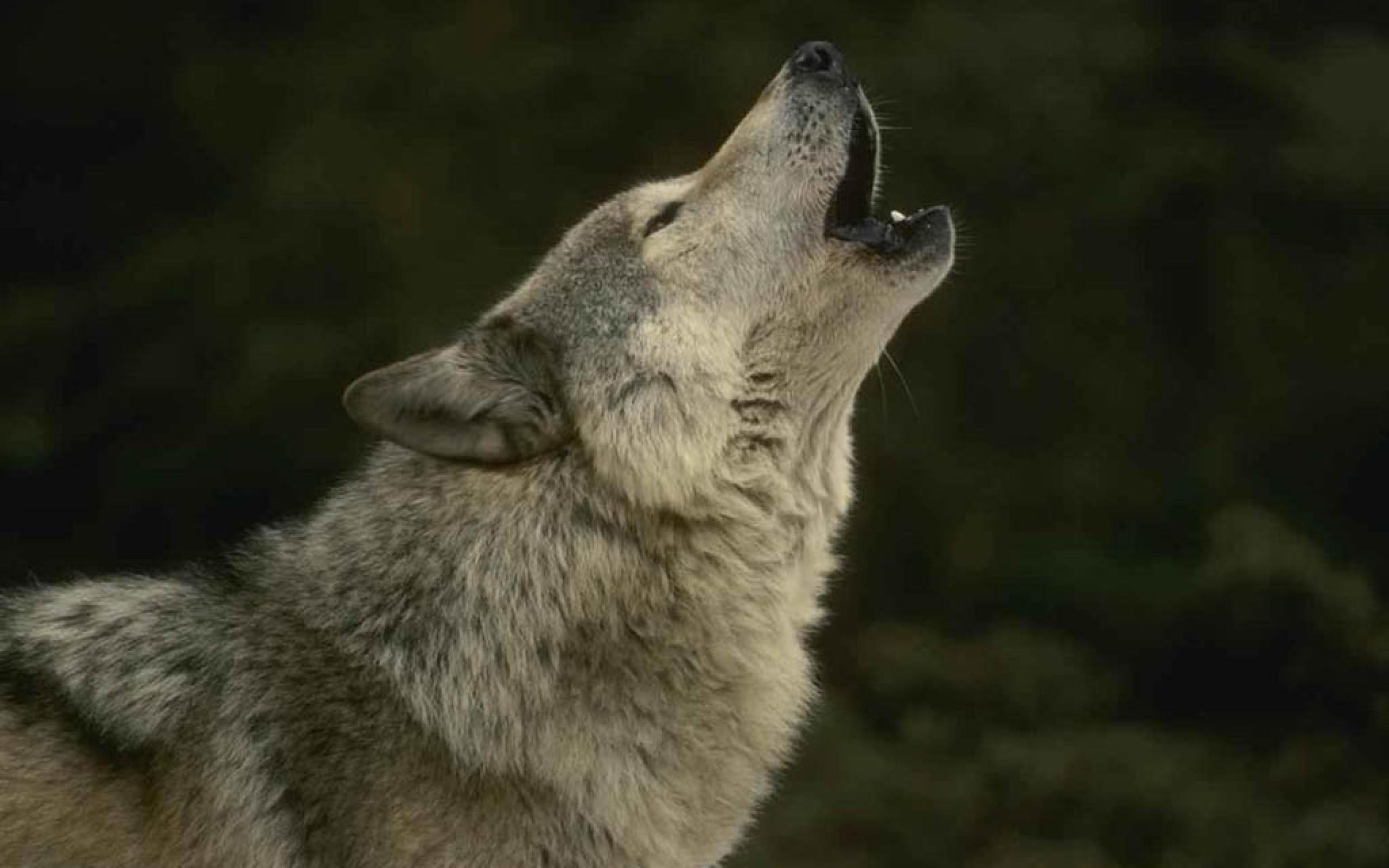
Introduction
Wolf howling is a captivating behavior that has intrigued both scientists and nature enthusiasts for centuries. This unique vocalization is not only a means of communication among wolf packs but also serves various other purposes. In this article, we will delve into the mesmerizing world of wolf howling, exploring its significance, patterns, and the underlying reasons behind this hauntingly beautiful sound.
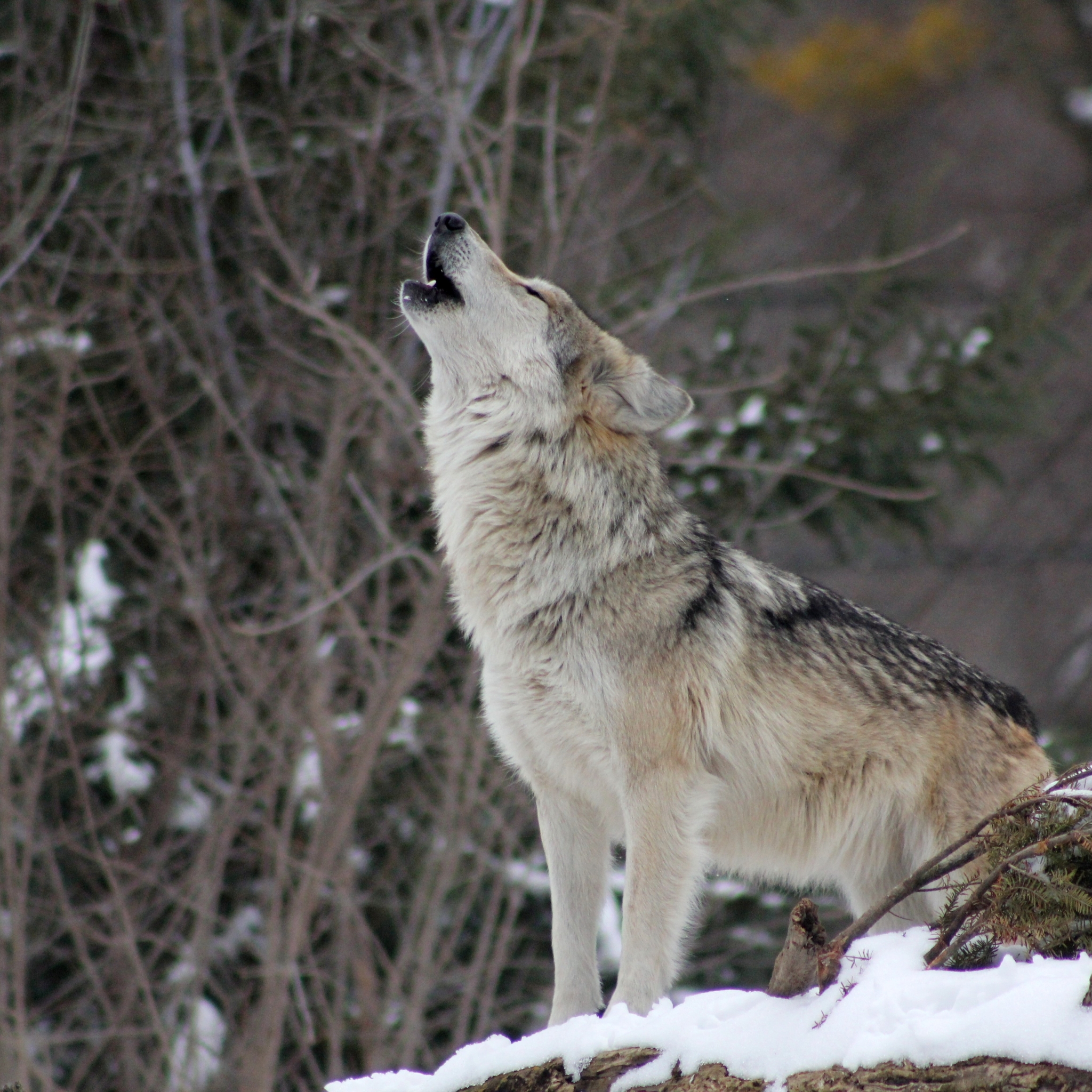
The Purpose of Wolf Howling
While the ethereal sound of a howling wolf may evoke a sense of mystery and awe, its primary purpose is to maintain pack cohesion. Wolves are highly social animals that depend on effective communication to thrive in their complex hierarchical societies. Howling helps them coordinate activities, establish territory boundaries, and reunite dispersed members of the pack.
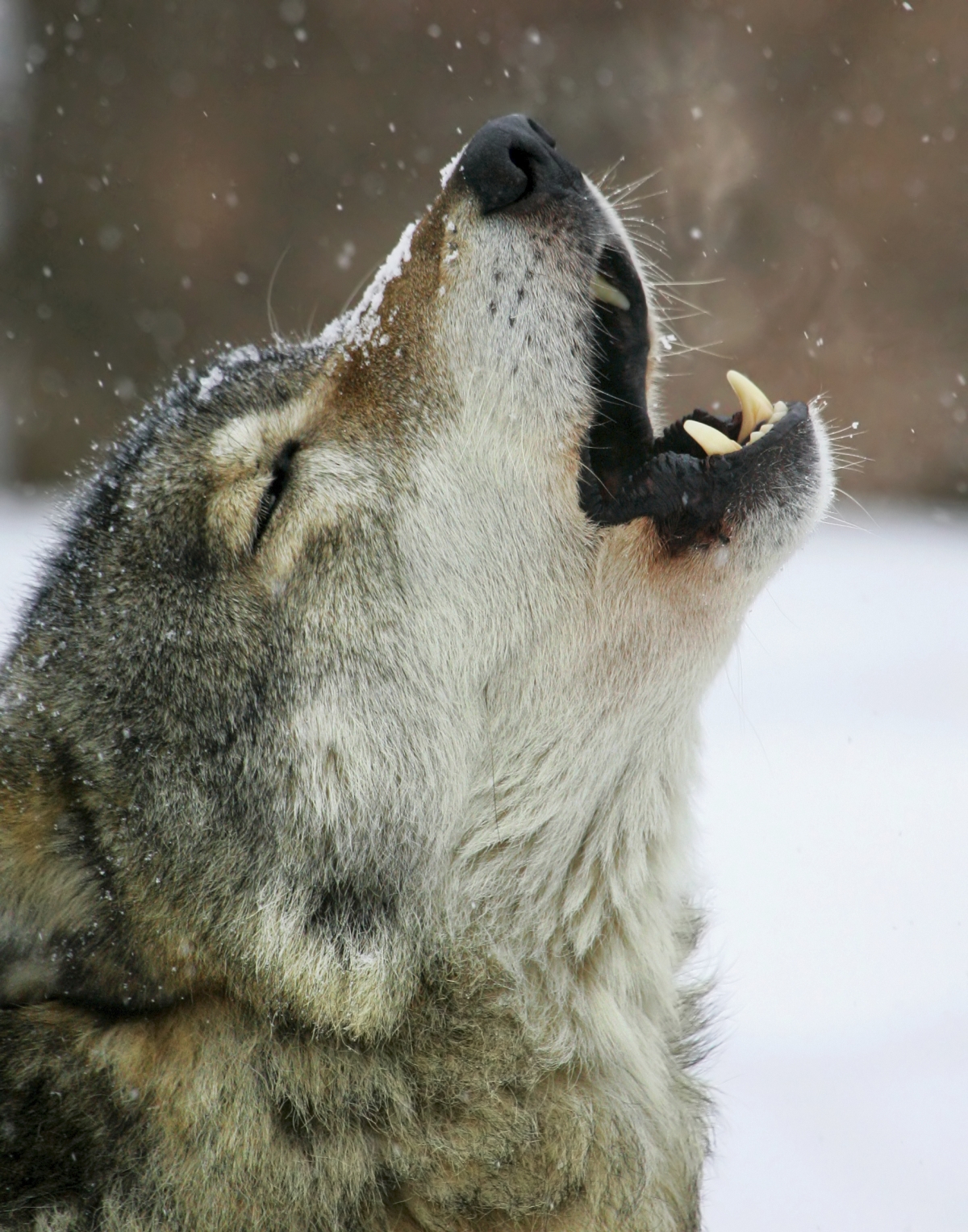
Howling as a Form of Long-Distance Communication
One of the remarkable aspects of wolf howling is its ability to carry over long distances. By emitting a powerful and sustained howl, wolves can communicate with pack members that are several miles away. This long-distance communication is especially crucial in vast territories where visual or scent-based communication may be limited.
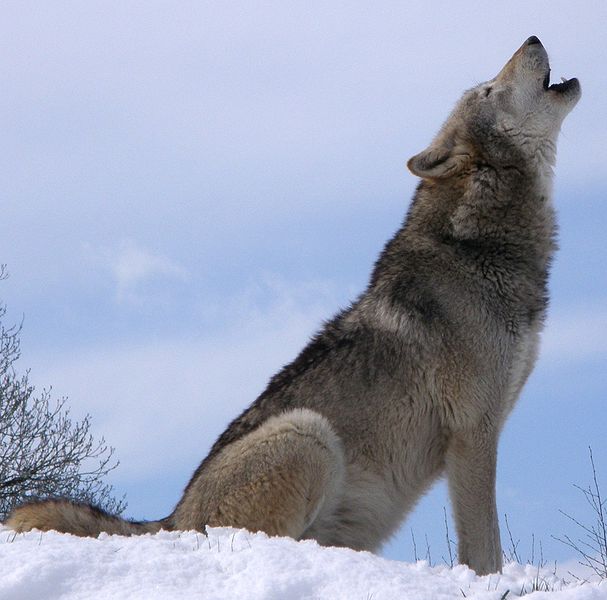
The Chorus of Howls: Pack Howling
Pack howling is a sublime display of unity, where multiple wolves join in a harmonious chorus. This collective howling serves several purposes, including strengthening social bonds, reinforcing pack identity, and warding off potential intruders. The synchronized nature of pack howling also reflects the impeccable coordination and cooperation within the wolf pack.
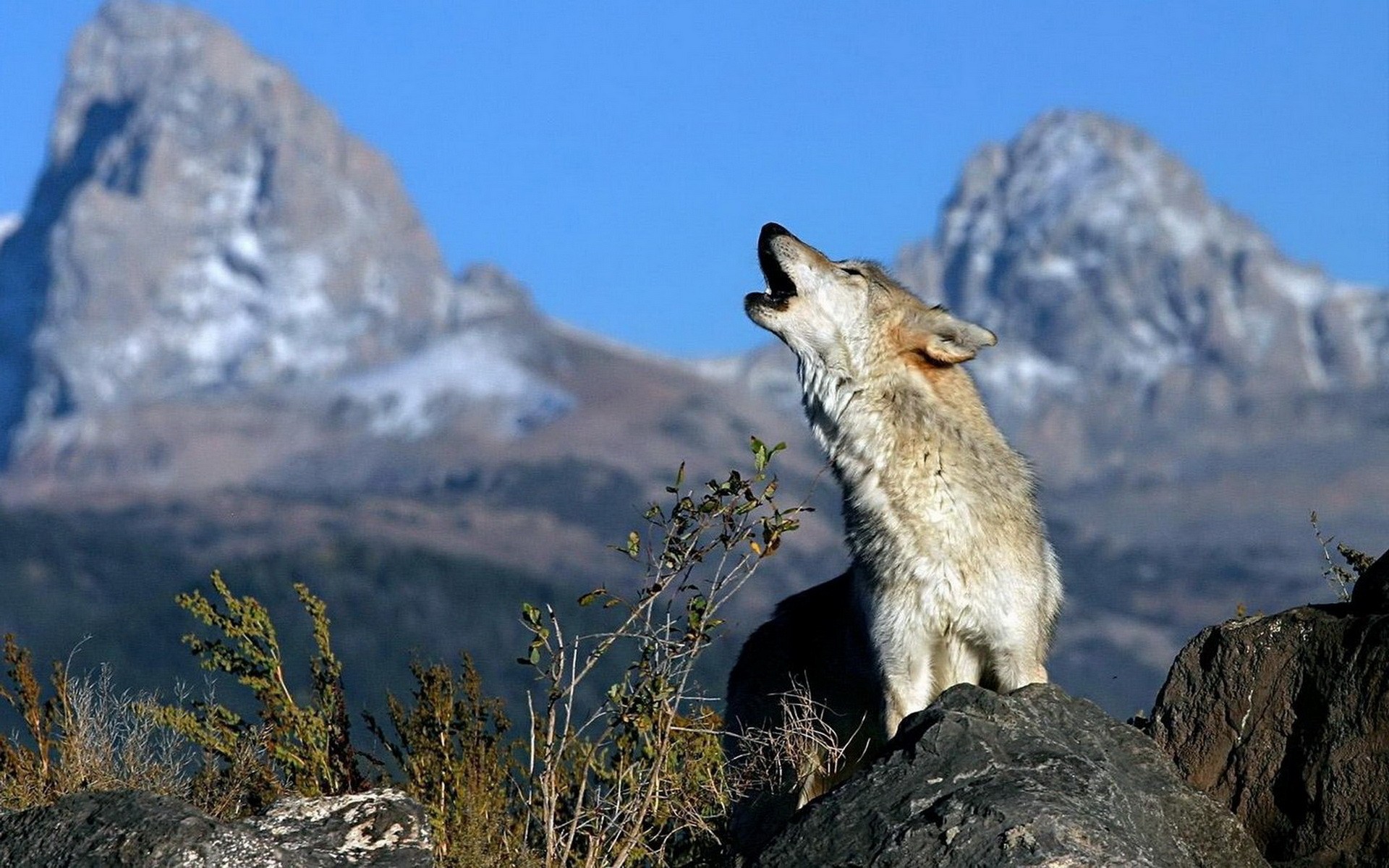
Howling as a Vocal Signature
Each wolf possesses a unique vocal signature, allowing individuals to be identified by their howls. This vocal individuality plays a vital role in facilitating recognition among pack members, enabling them to differentiate between familiar and unfamiliar wolves. It also aids in maintaining the stability and integrity of the pack structure.
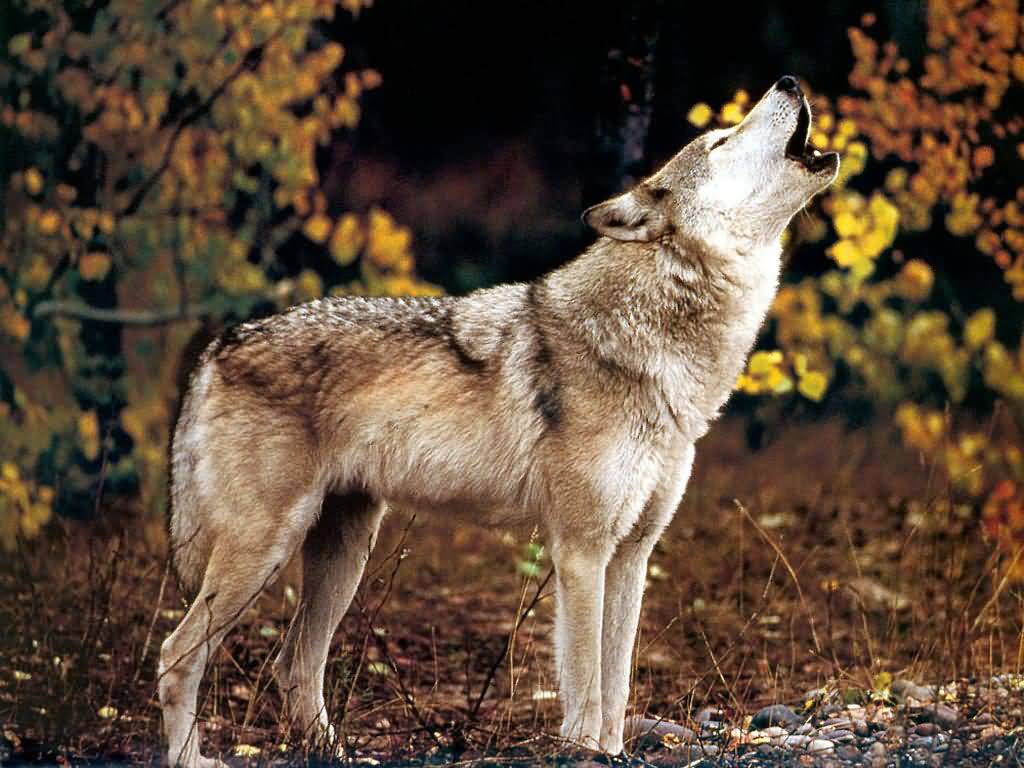
Howl Variations: Context and Meaning
Wolves exhibit a remarkable diversity in the structure and pitch of their howls, each carrying a distinct meaning. For instance, a lone howl is often a sign of separation anxiety or an attempt to locate other pack members. On the other hand, a group howl signifies unity and territorial defense. By decoding these variations, researchers can gain valuable insights into wolf behavior and social dynamics.
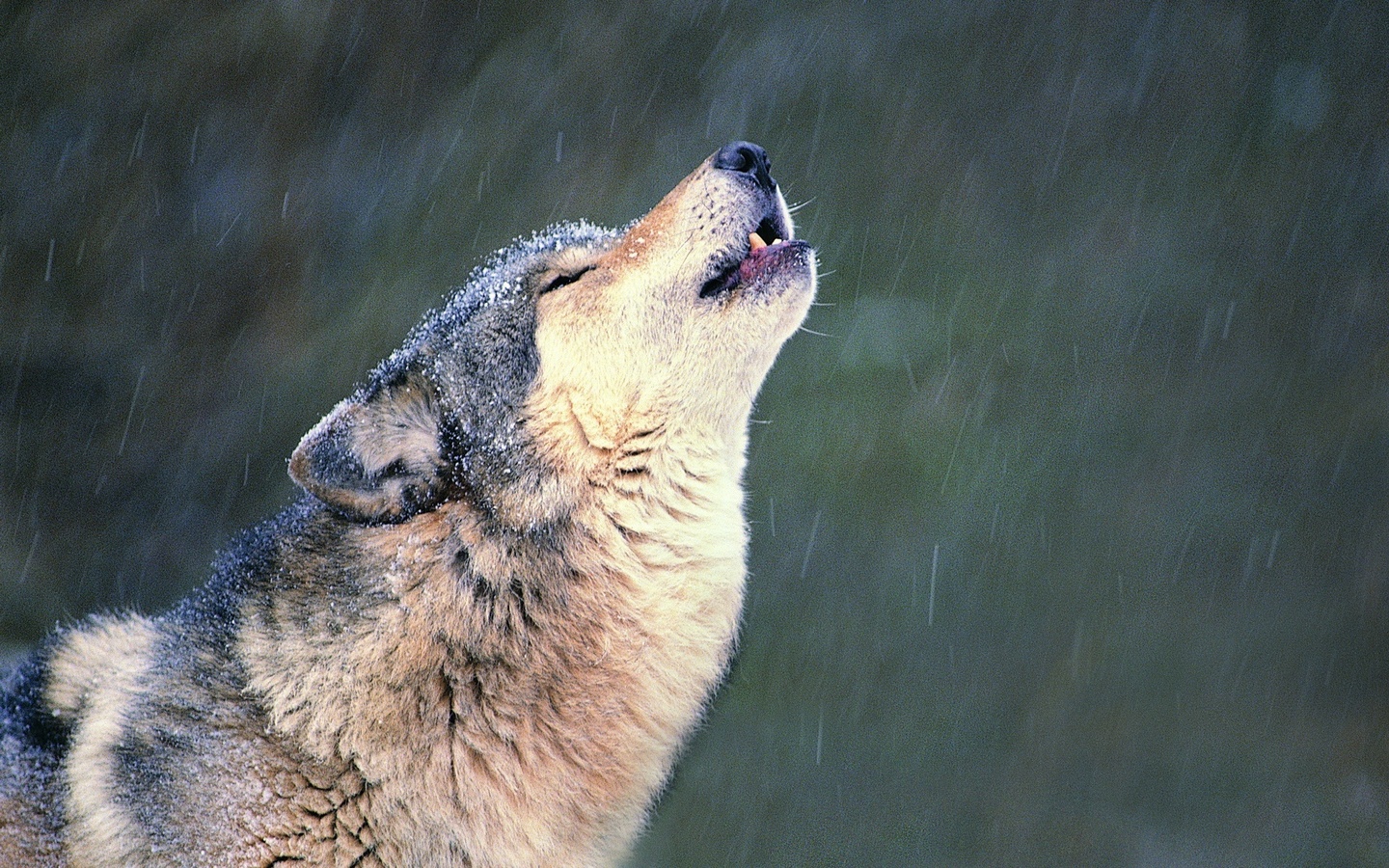
The Influence of the Moon on Howling
A popular image associated with wolves is their silhouette against a moonlit sky, emitting spine-chilling howls. While this connection has been romanticized in folklore and art, there is limited scientific evidence to support the notion that wolves howl more frequently during a full moon. Nevertheless, the haunting beauty of a howling wolf under the moonlight continues to captivate our imagination.

Howling: Conservation and Cultural Significance
Wolves hold immense ecological importance as keystone species, playing a crucial role in maintaining balanced ecosystems. Sadly, they have faced significant challenges due to habitat loss and human persecution. However, there is a growing understanding of their ecological significance and cultural value. Their haunting howls serve as a reminder of the need to protect and conserve these majestic creatures.
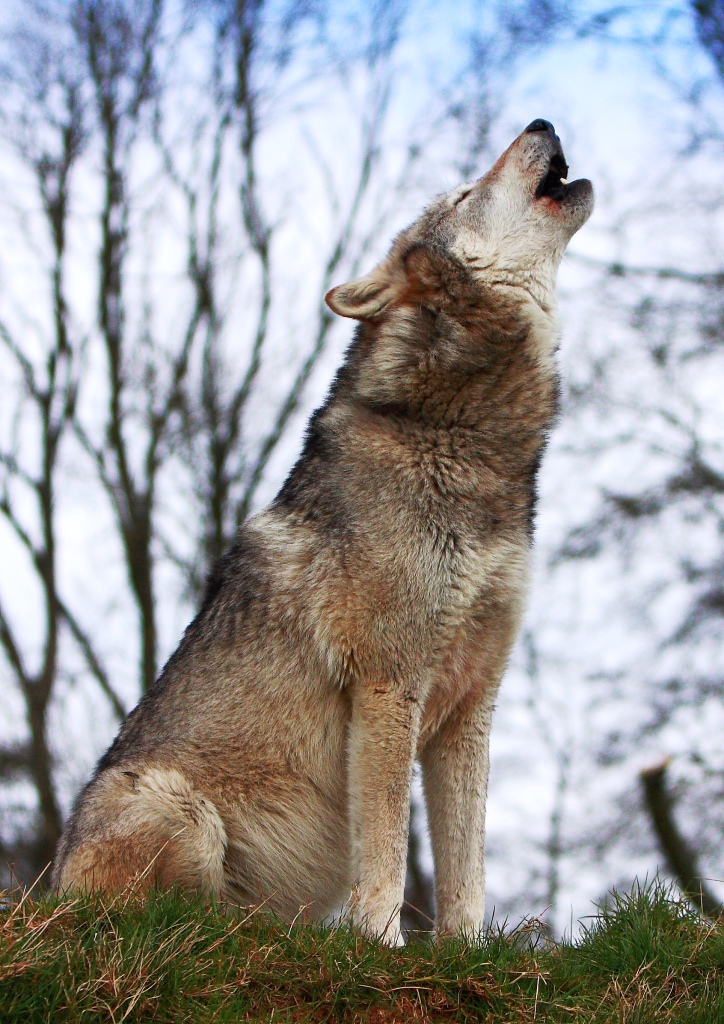
Conclusion
Wolf howling is a captivating behavior that reveals the intricate social dynamics and communication methods of these magnificent creatures. Through their haunting vocalizations, wolves establish and maintain pack cohesion, communicate over long distances, and assert their presence in the wild. As we continue to unravel the mysteries surrounding wolf howling, it is crucial to cherish and protect these iconic animals for future generations.